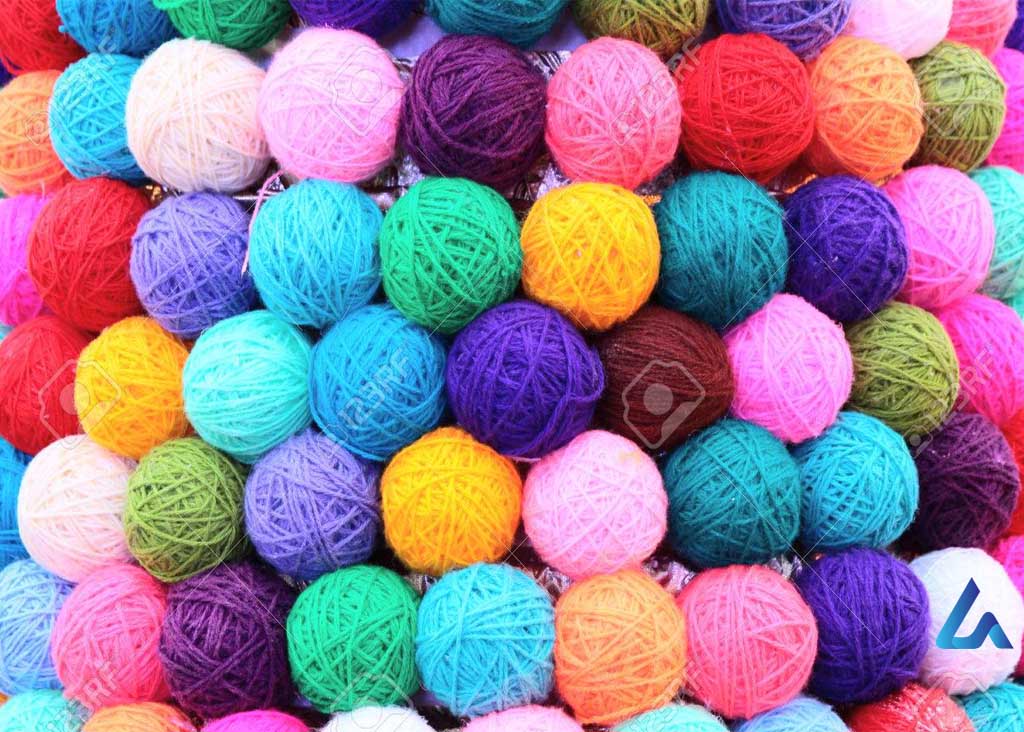
Yarn count is an important index to distinguish different yarns. It is the degree of yarn thickness, which can be expressed by means of S, D, N, Tex, Dtex, and so on. S and D are more commonly used, while specific fabrics use specific specifications, for example, the Tex. is commonly used in the scientific literature
Definition:
“Count is a number which indicates the mass per unit length or the length per unit mass of yarn.”
Importance of Yarn Count
The yarn count can tell you a lot about a yarn’s durability, strength, and comfort. It’s an important number, and that means it’s one that you don’t want to estimate. You can probably guess where this is going. We’re going to have to talk about math and in a textiles course, no less.
In its most basic sense, the yarn count represents either the mass per unit length or length per unit mass of the spun yarn. Let’s look at two different ways to calculate this number, both of which can ultimately tell us how fine or coarse the yarn is but involve different routes of getting there.
Types of yarn count
– Indirect system- English, Metric, Worsted. – Direct system- Tex, Denier, Lbs/Spindle.
Indirect count
The count of yarn expresses the number of length units in one weight unit. Thus higher the count, the finer the yarn. The system is generally used for cotton, worsted, linen (wet spun), etc.
w x L
Indirect count: N= ………………
W X l
Where W = The weight of the sample.
w = The unit weight of the system.
L = The length of the sample.
l = The unit length of the sample.
Direct count
The count of yarn expresses the no. of weight units in one length unit. Thus higher the count, the coarser the yarn. The system is generally used for synthetic fiber, jute, silk, etc.
You may read: Synthetic Fiber Types
W X l
Direct count: N = …………
w X L
Where,
N = The yarn number or, count.
W = The weight of the sample.
w = The unit weight of the sample.
L = The length of the sample.
l = The unit length of the sample.
Yarn Count System
English system: It is defined as the number of hanks (840 yds) per pound. count.
Length (yds) 1 pound
English count N =……………… X ……………………..
840 yds Weight (Pound)
Metric system: It is defined as the number of hanks (1000m) per kg.
Length (m) 1 kg
Metric count =……………X ………………………..
1000m Weight (kg)
Worsted system: It is defined as the number of hanks (540yds) per pound.
Length (yds) 1 Pound
Worsted count =………………X ……………………..
560 (yds) Weight (Pound)
Tex system or Lea count: It is defined as the weight in grams of 1000 m.
Weight (gm) 1000m
Tex count =……………X ………………….
1 gm Length (m)
Denier: The number or, count in the denier system is the weight in grams of 9000 m.
Weight (gm) 9000m
Denier count =……………X………………….
1 gm Length
Pounds per spindle (Jute system): Count in the pound per spindle system is the weight in pounds of 14400 yards of yarn.
Weight (Pound) 14400 (yds)
Pound per spindle =………………. X………………….. 1 Pound Length (yds)
Misunderstanding
Myth one: The more counts the better, the higher the counts, the thicker the cloth, the higher the density. Not necessarily, it is better for the higher count under the same density, but the lower the count, the thicker the yarn, the thicker the cloth.
Myth two: The cloth is poor in the 30s and 40s. This is not the case, you know, over 95% of the big brands(such as Loray) are in the 30s or 40s, it can be said that the majority of the supplies we see now are 30s or 40s.
